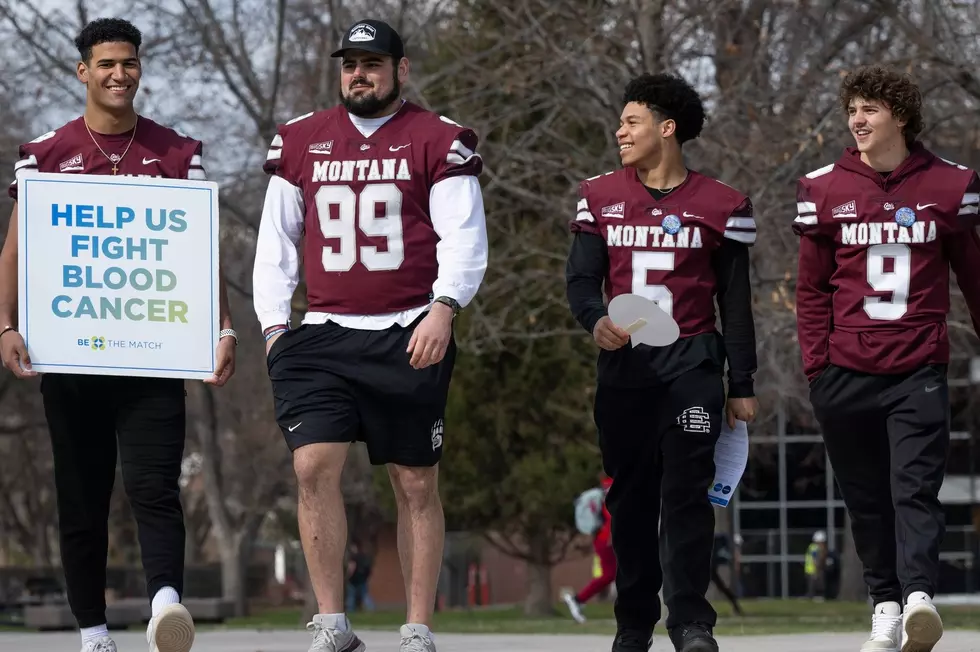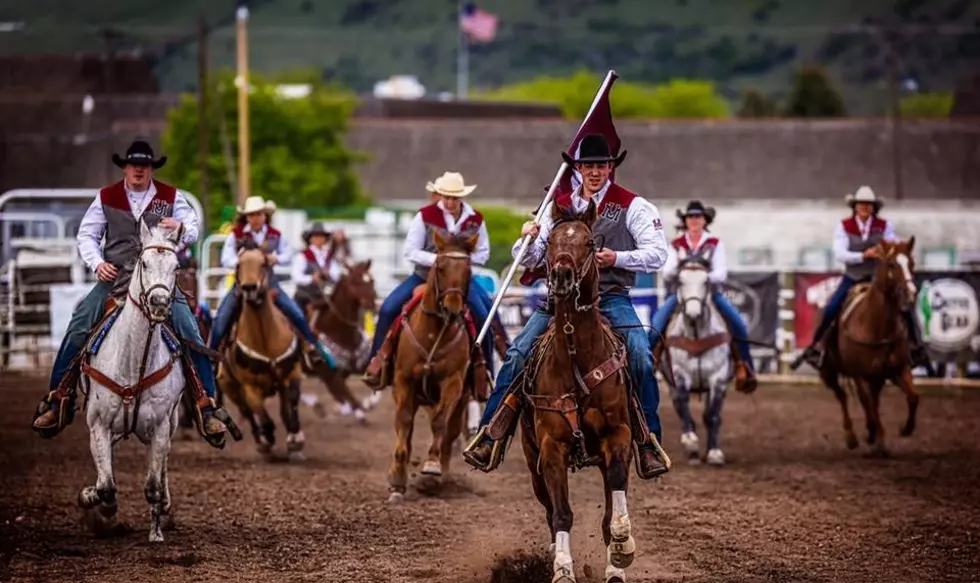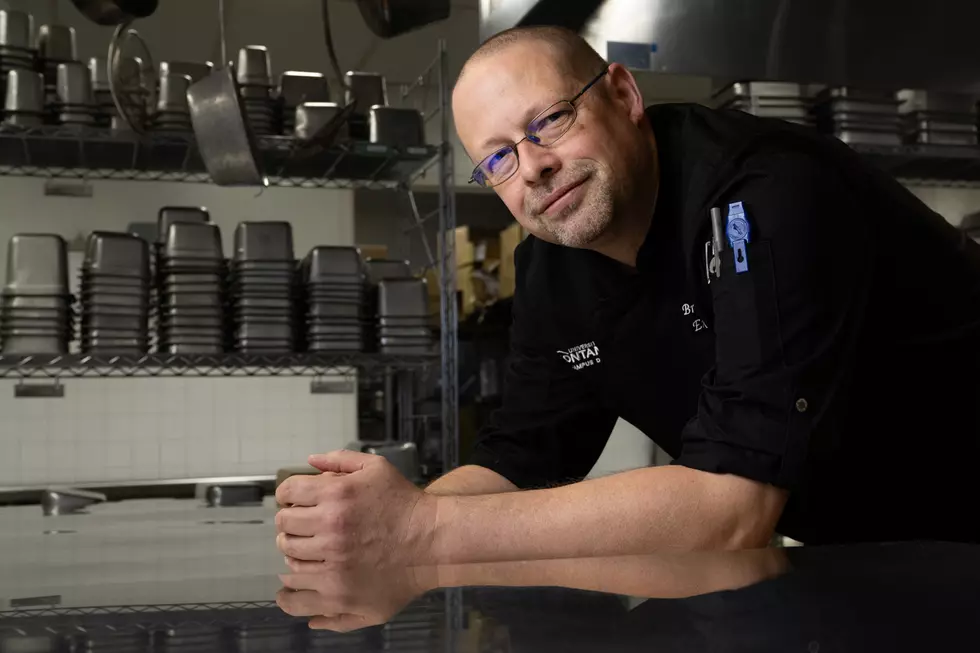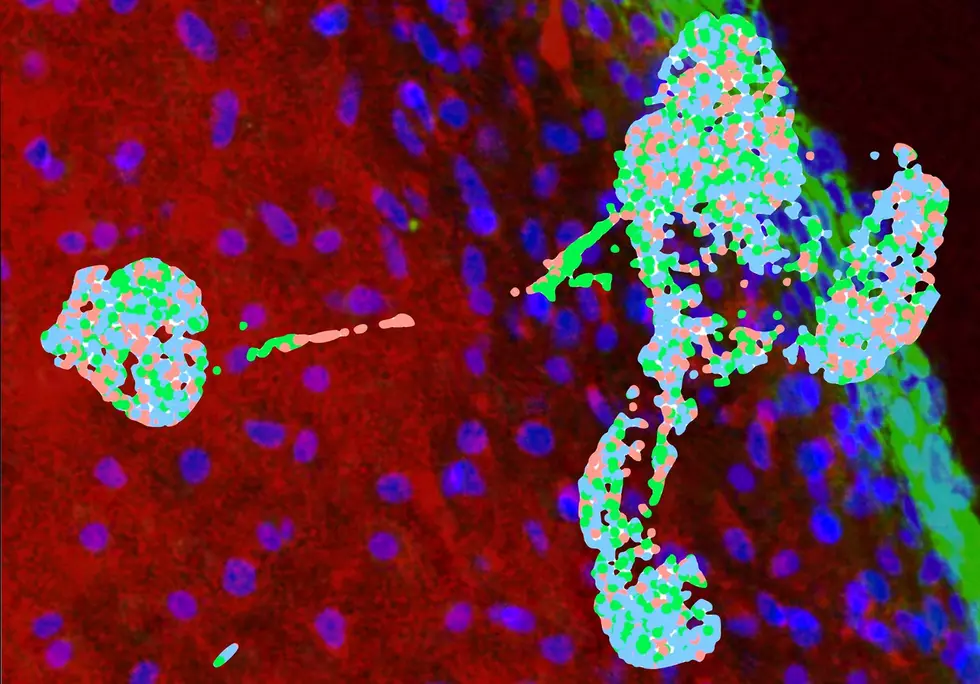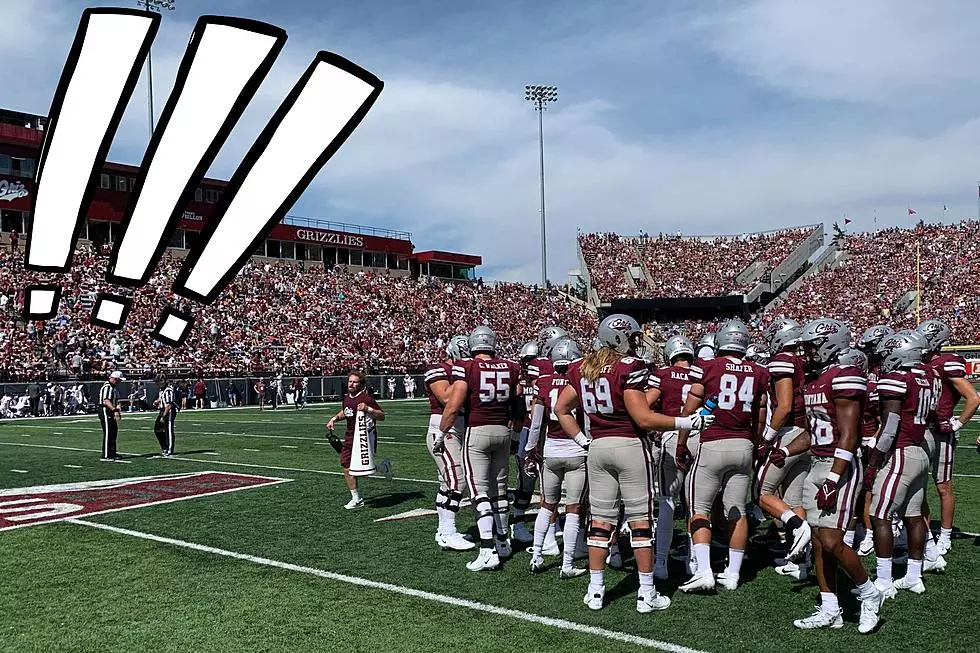
“Lost and Found Montana” Project Creates Buzz
What makes a town, a town? The Montana Department of Transportation was faced with that question in 2000, when it proposed eliminating 18 towns from the state road map.
The office eventually decided that to stay on the map, each town must have at least one year-round resident. In the end, nine towns that were on the chopping block remained on the highway map when it was released in 2001. The other nine vanished.
Jeremy Lurgio, a freelance photographer and associate professor of photojournalism at The University of Montana, knew there was a story just waiting to be told when he first heard about the map situation. For the last several years, he has squeezed into his busy schedule trips to each of the 18 towns, and the resulting project is nothing short of spectacular.
If you’re fascinated by Montana history, you’ll definitely want to check out Lurgio’s website for the project, titled, “Lost and Found Montana.”
In addition to photos and a panoramic image of each location, Lurgio offers a brief history of each town, along with a video containing interviews with residents and other people who have ties to the towns.
The imagery is beautiful. Photographs and video footage of remaining towns are presented in color, while eliminated towns are shown in black-and white.
It’s a thought-provoking piece that will leave you wondering what, exactly, gives permanence to a particular place. Is there more to a town than buildings and people, or does the history of a place — the fact that at one time, there was something there — justify its preservation in the historical record? At what point do we let go of a place completely? At what point is it truly gone?
Brooke is a 2010 graduate of The University of Montana, where she ran track and cross country for the Grizzlies. She is currently working as a writer and editor in Missoula.
More From 94.9 KYSS FM
